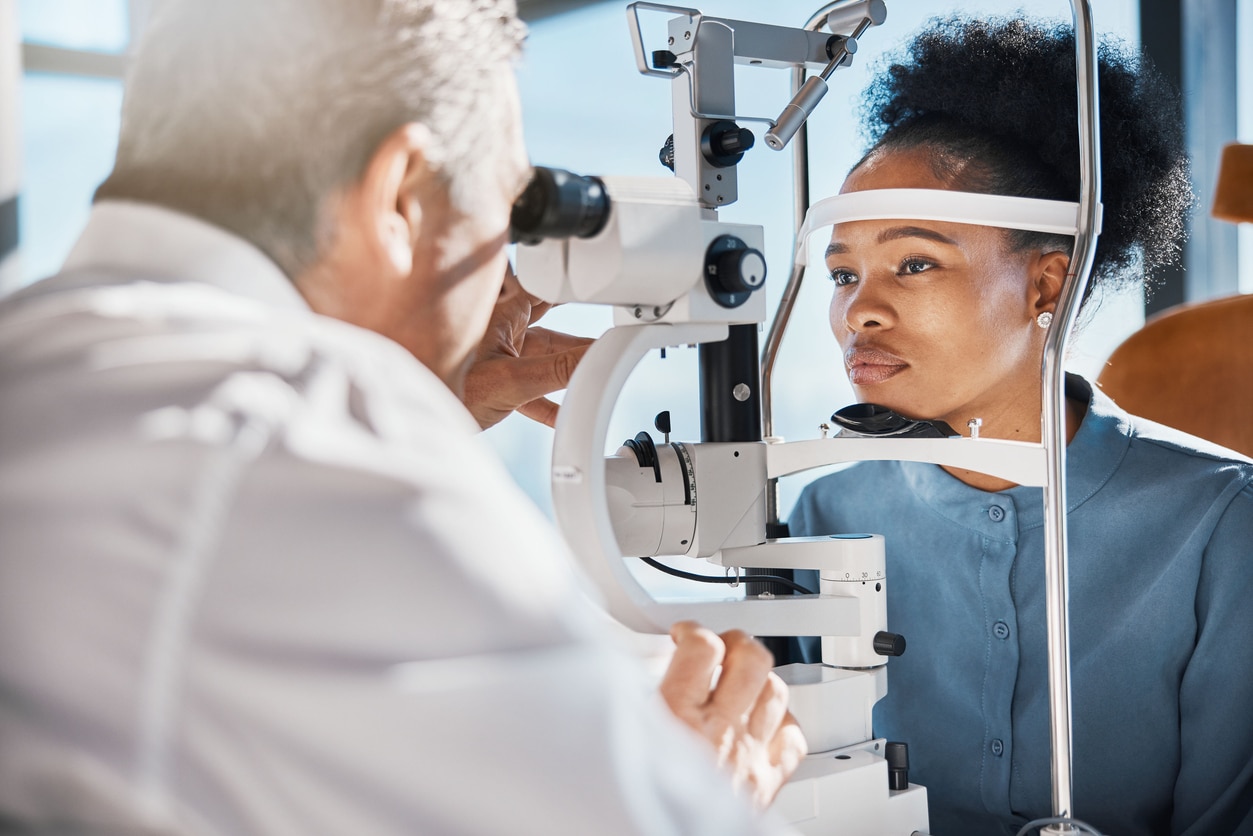All Categories
Featured
Table of Contents

Routine eye examinations are vital for preserving excellent vision and identifying possible eye wellness concerns early. The frequency of these examinations can differ substantially based on an individual's age, way of life, and general wellness. Comprehending the advised timetable for eye examinations can aid make certain that people of every ages receive suitable care and monitoring for their eye health.
Newborns and Toddlers (0-2 Years)
For infants and kids, eye tests are essential for detecting any prospective vision issues at an early stage. The American Academy of Ophthalmology recommends that a kid's first eye examination need to take place at around six months of age. During this initial go to, the eye treatment specialist will certainly evaluate the kid's aesthetic growth and check for any type of noticeable eye issues.Following this very first test, it is recommended that kids have one more eye test at age 3. This check out will certainly focus on analyzing the kid's general aesthetic function, consisting of eye alignment and the ability to track objects. If no problems are discovered, the following test ought to be set up prior to the child begins college, generally around age 5 or 6.
School-Aged Kids (6-18 Years)
Once youngsters get to school-age child, regular eye tests should be arranged each to two years. Vision is critical for finding out and advancement, and many institutions conduct vision screenings. These testings do not replace an extensive eye exam by an eye care specialist.For kids involved in sports or activities needing considerable aesthetic emphasis, yearly eye examinations might be a good idea. In addition, if a child shows signs of vision issues-- such as difficulty reviewing, squinting, or constant migraines-- a visit to the eye doctor need to be set up asap.
Young Person (19-39 Years)
Young grownups commonly have less vision adjustments than older age groups, however normal eye tests stay important. The basic suggestion is to arrange an eye exam every 2 years throughout this period. Individuals with specific danger variables-- such as a household background of eye disease, diabetes, or those who use get in touch with lenses-- ought to consider yearly eye tests.Furthermore, those who spend substantial time on digital devices may experience electronic eye pressure. If signs such as dry skin, exhaustion, or blurred vision occur, it might be sensible to see an eye care professional earlier.
Adults (40-64 Years)
As individuals go into middle age, the likelihood of creating vision problems increases. Adults aged 40 to 64 should set up eye tests each to two years. This age group may start to experience presbyopia, a natural age-related problem that makes it testing to focus on close items. Eye tests can likewise help identify various other common age-related problems such as glaucoma, cataracts, and macular degeneration.If people in this age have threat variables such as high blood pressure or diabetes mellitus, they may need even more frequent assessments to check their eye health and wellness carefully.
Seniors (65 Years and Older)
For elders, routine eye examinations become a lot more important. The American Optometric Organization advises that people aged 65 and older have an eye test at the very least annually. Older grownups go to a higher risk for various eye diseases, including cataracts, glaucoma, and age-related macular degeneration. Early discovery and therapy of these conditions can avoid vision loss and improve the lifestyle.Final thought.
Comprehending the proper timetable for eye tests based on age is vital for maintaining ideal eye wellness throughout life. By sticking to these guidelines and consulting with an eye care specialist, people can take proactive actions toward preserving their vision and overall health.Latest Posts
Must-Know Flooring Trends for 2024
Published Nov 23, 24
1 min read
Eye Education Foundation
Published Nov 23, 24
1 min read
Host Unforgettable Events and Parties at Fun City Resort
Published Nov 23, 24
3 min read